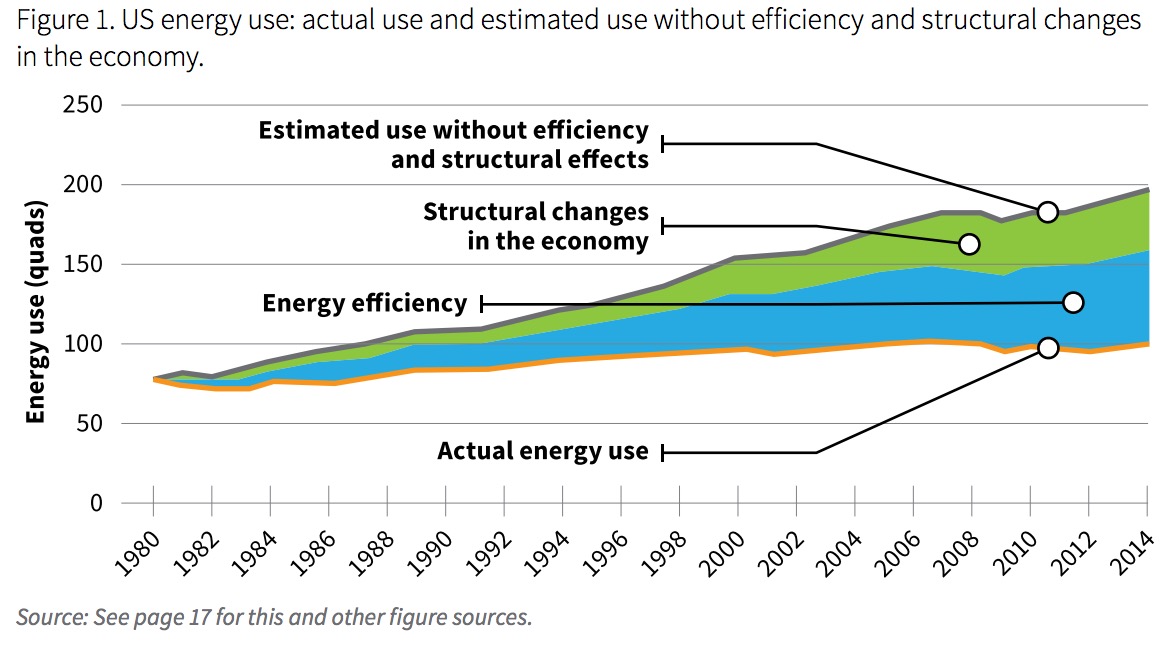
An invisible resource is working quietly behind the scenes to provide American families and businesses with the power necessary to live and work. This resource lowers harmful pollution, creates US jobs, reduces energy burdens for those most in need, and strengthens community resilience. It also improves the bottom line for business, returns at least double its investment, and saves American households, on average, $840 dollars a year. Energy efficiency has become the nation’s third-largest electricity resource. With increased support it could become the largest—and one of the world’s core strategies to tackle climate change.
View this complete Infra Views post...
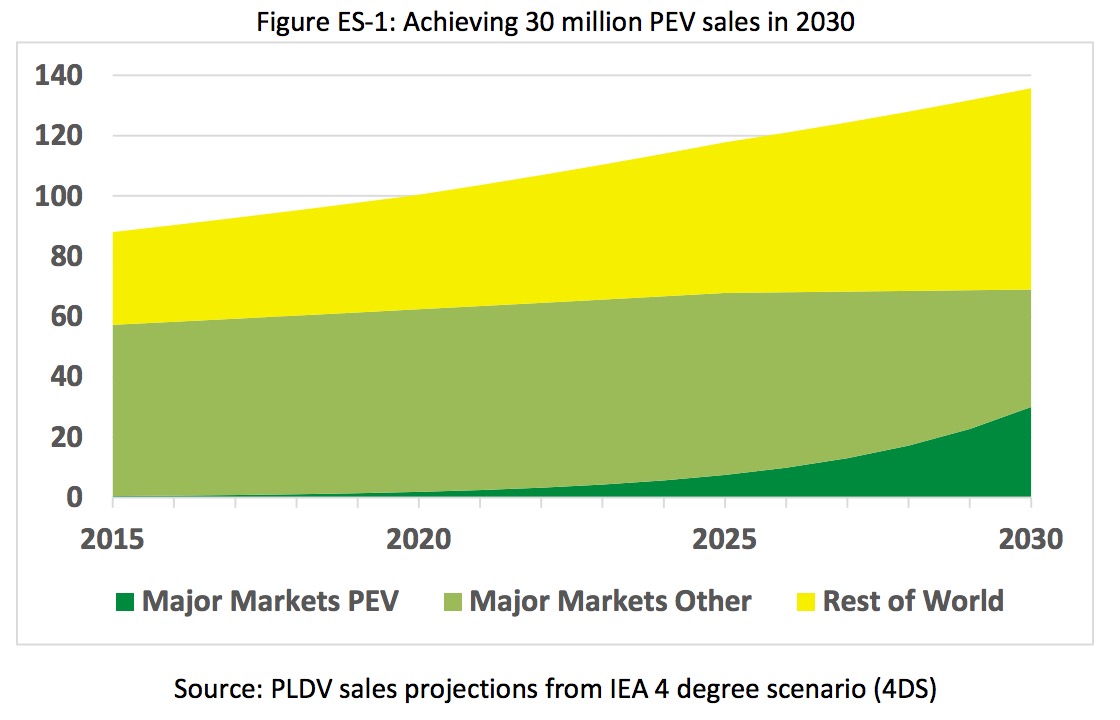





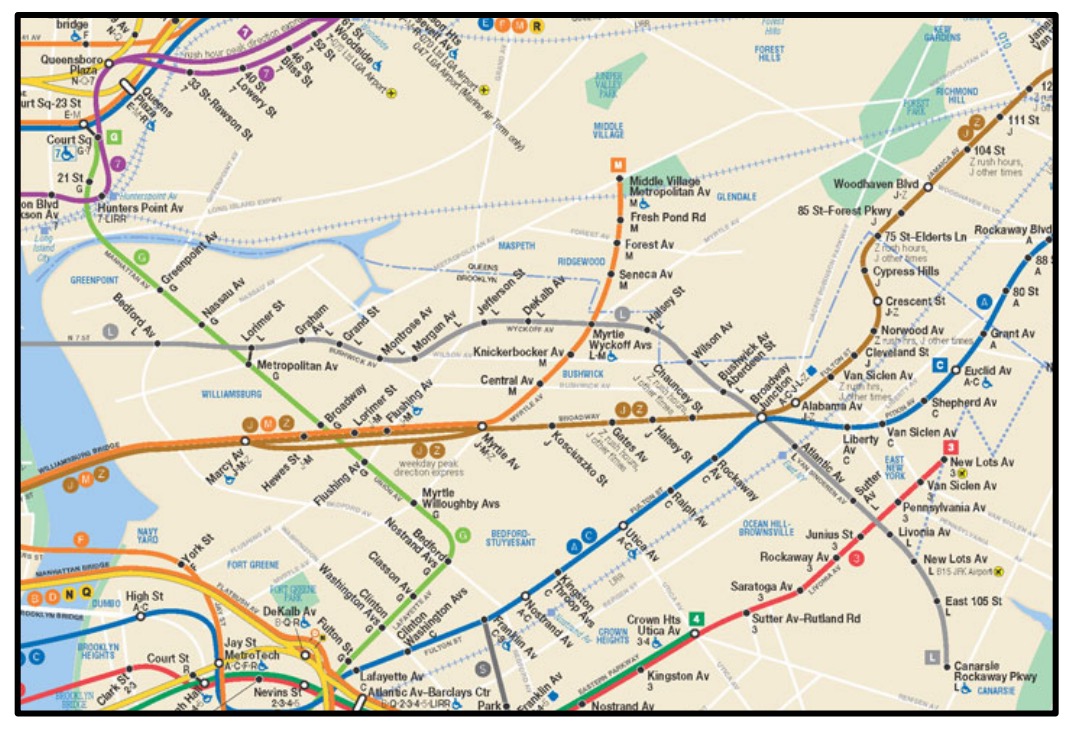
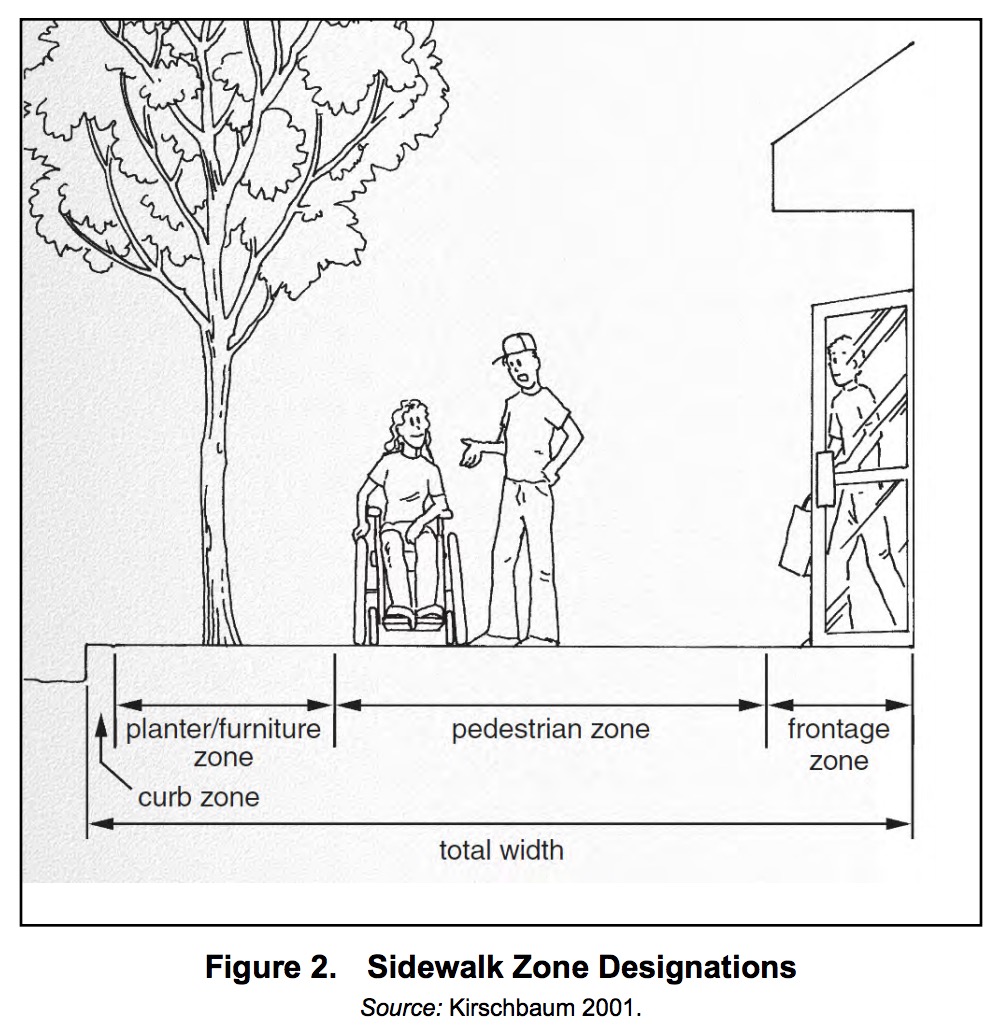
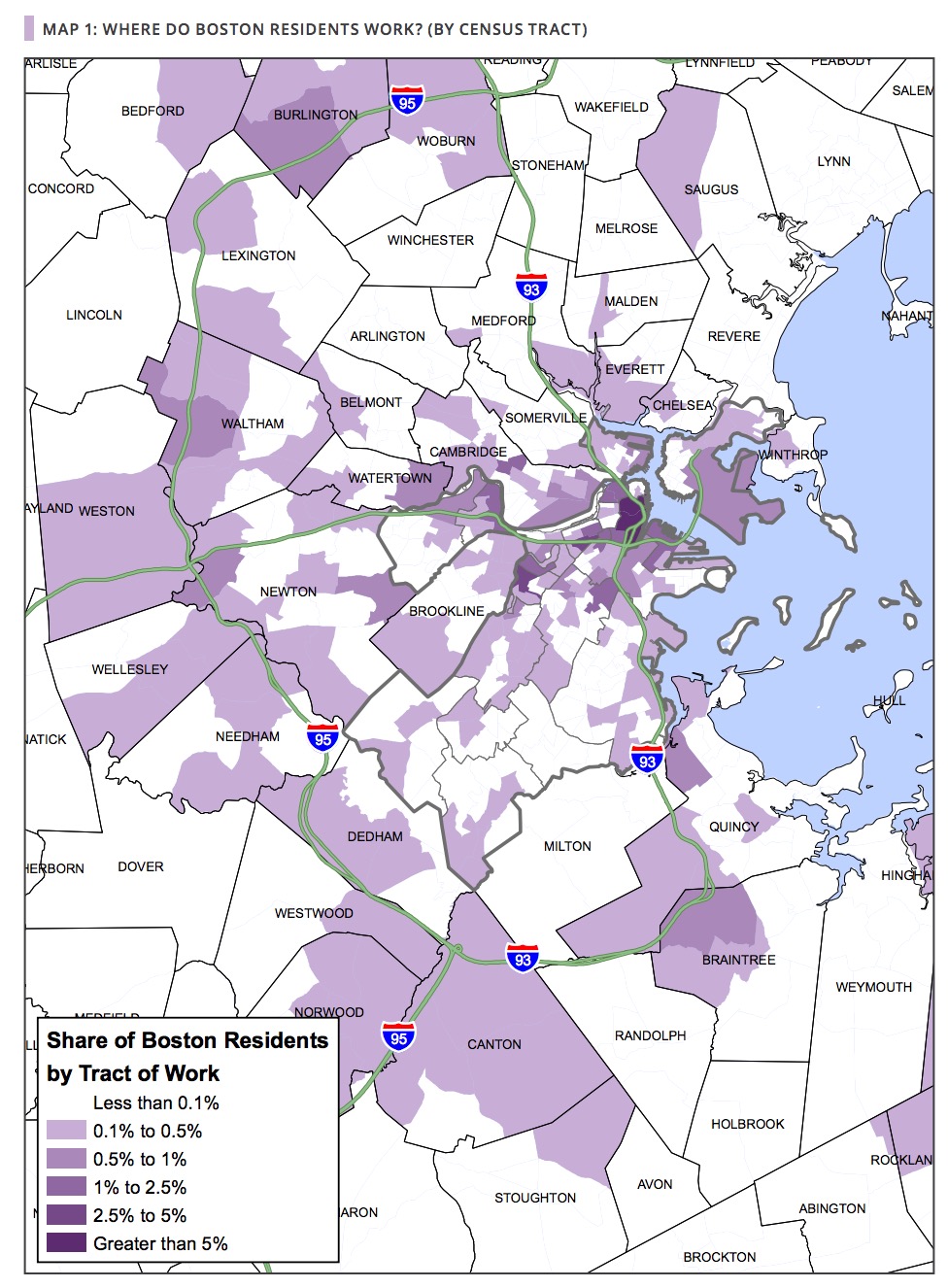
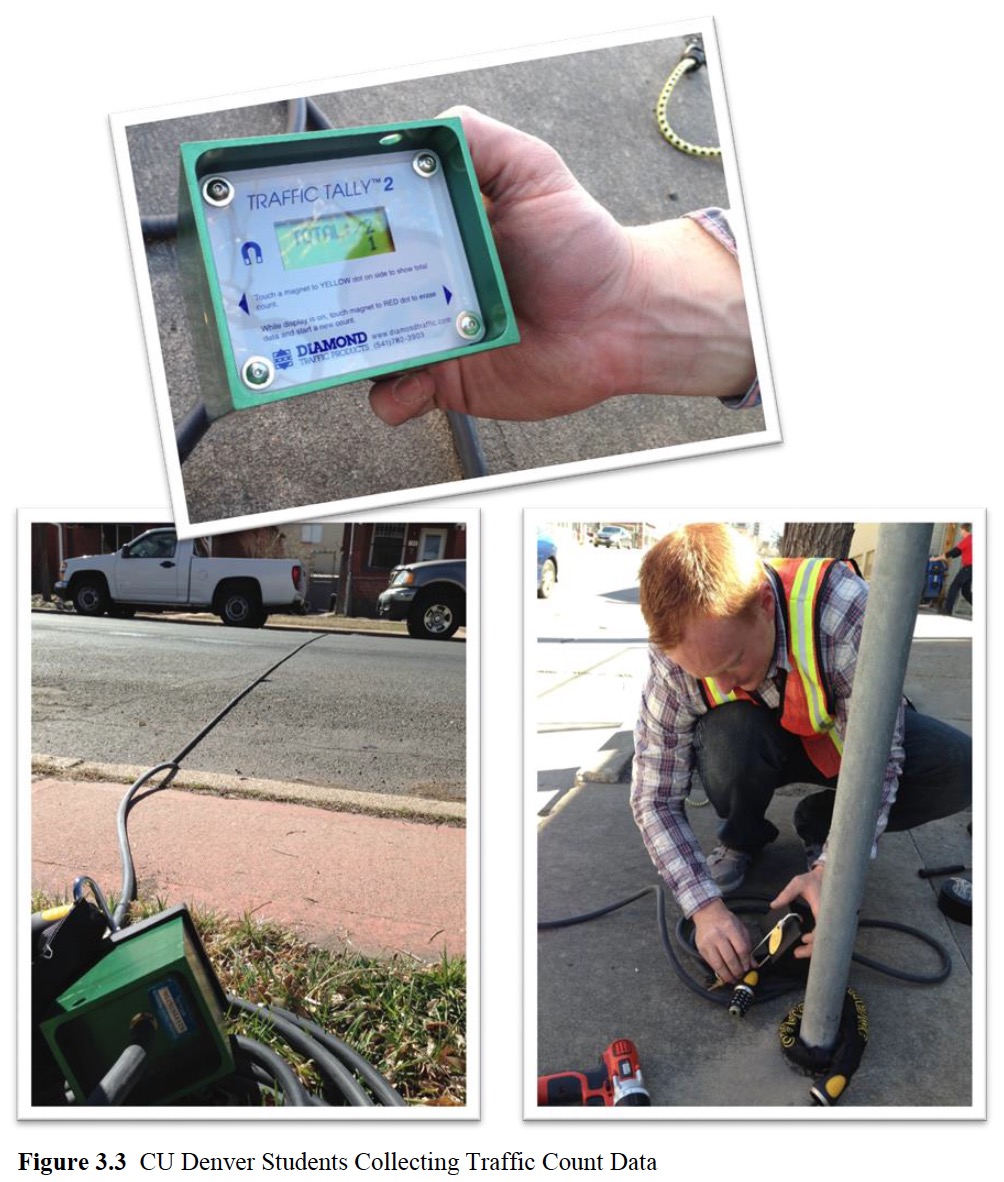
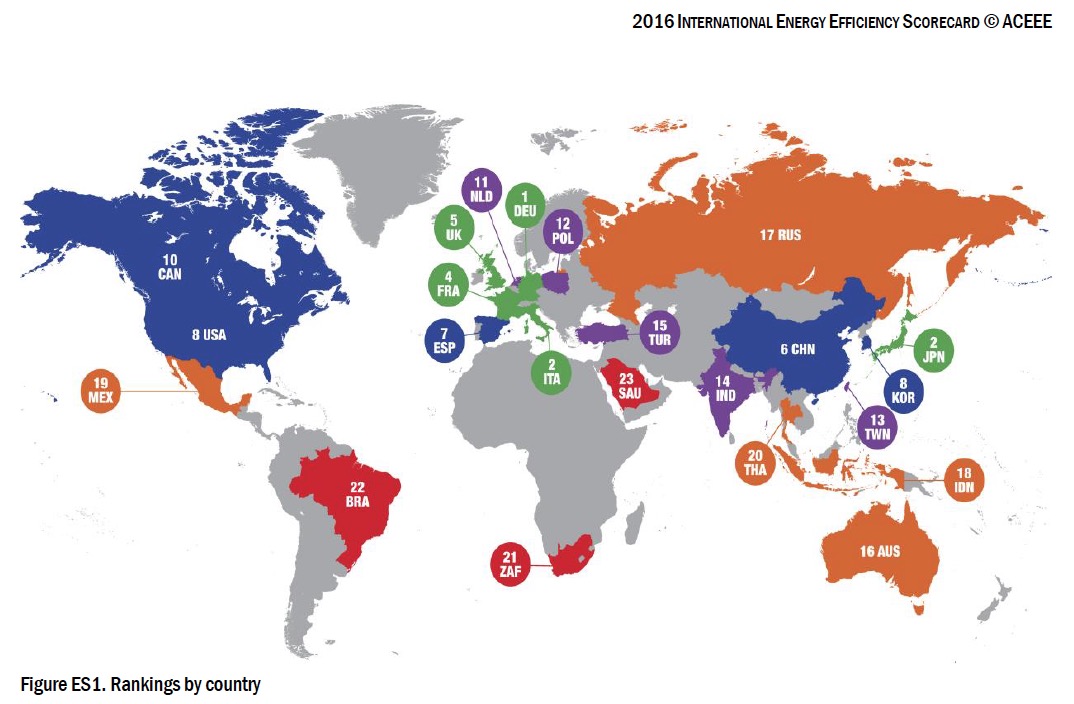

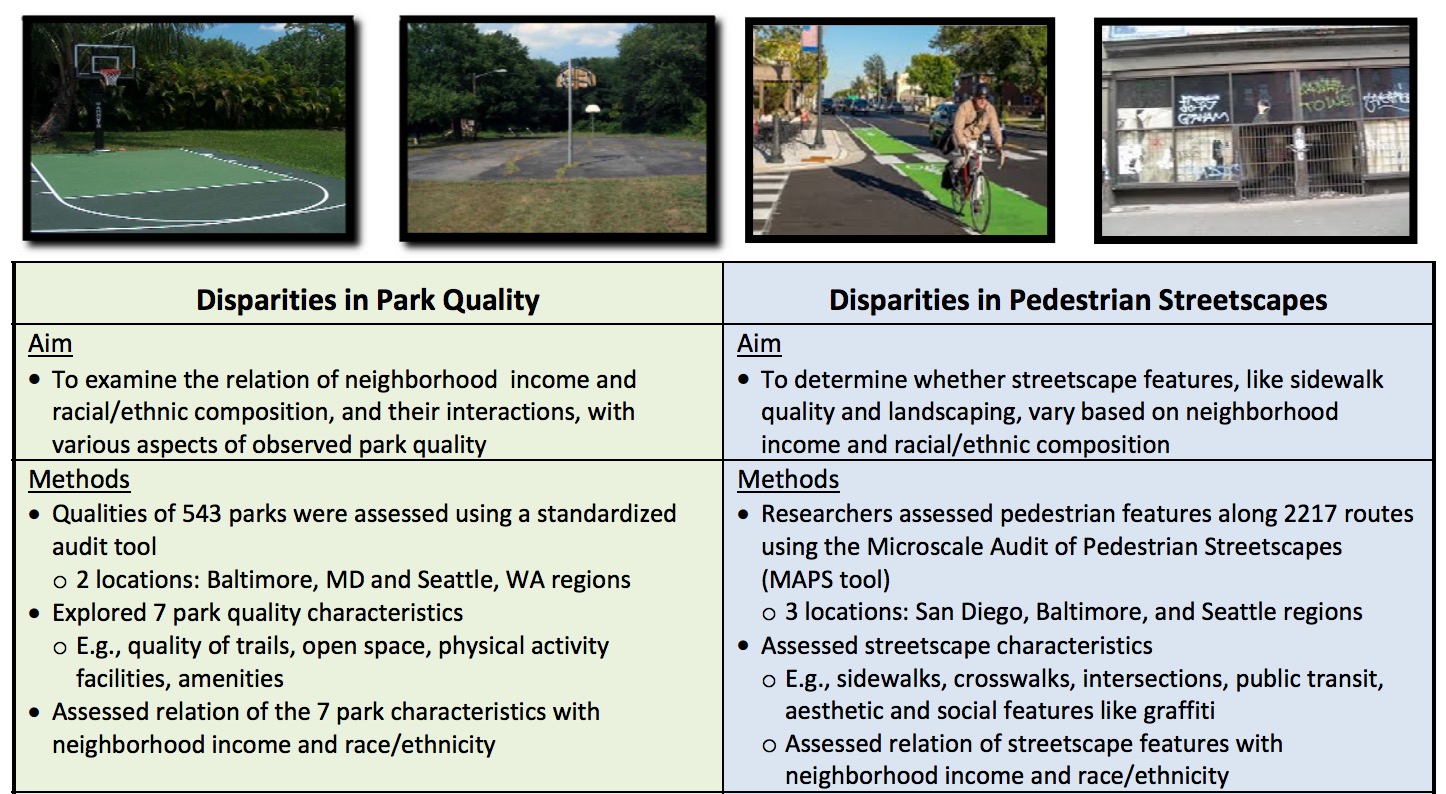

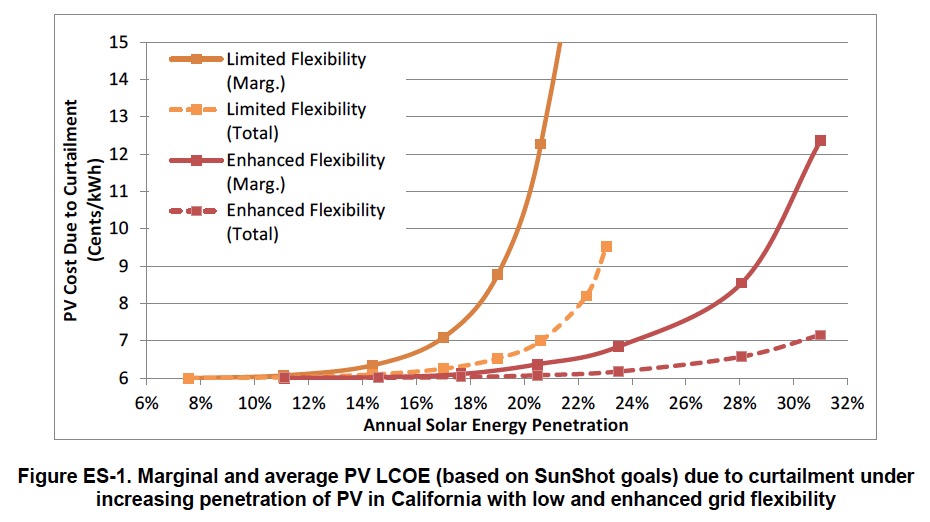

 RSS Feed
RSS Feed